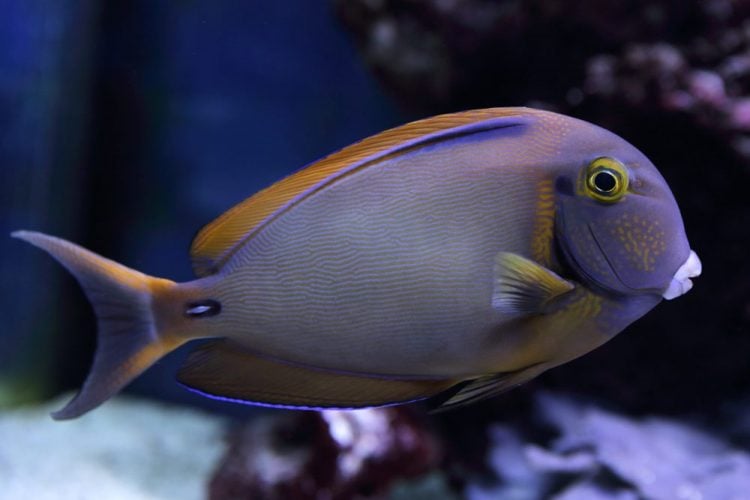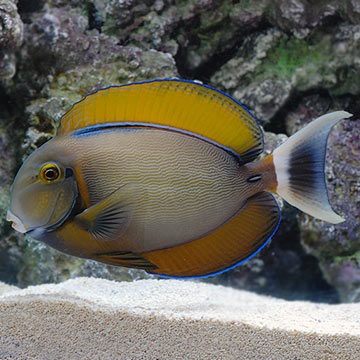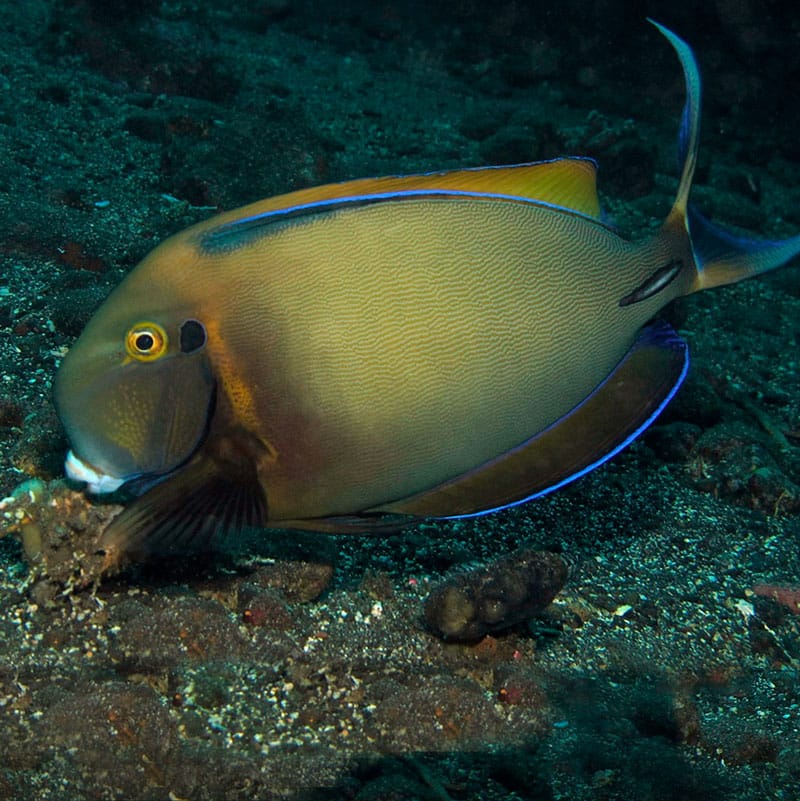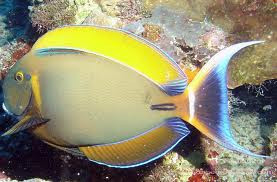Black Spot Tang
Black spot tangs are a popular species of saltwater fish in the aquarium trade. With their striking coloration and unique personalities, these fish are a great addition to any tank. However, owning a black spot tang comes with its own set of challenges and considerations.
The Pain Points of Black Spot Tangs
Black spot tangs are known for their territorial behavior and can become aggressive towards other fish. Additionally, they require a larger tank size than some other species of fish due to their size and need for swimming space. Maintaining proper water quality is also crucial for the health of black spot tangs.
The Target of Black Spot Tangs
Black spot tangs are a target species for aquarium enthusiasts who want to add a unique and visually stunning fish to their tank. They are also popular for their ability to control algae growth in the tank, making them a beneficial addition to any reef or marine aquarium.
Summary of Main Points
In summary, black spot tangs are a great addition to any saltwater aquarium, but require careful consideration and attention to their needs in order to thrive. They are ideal for controlling algae growth and are sought after for their beauty and personality. However, owners should be prepared to deal with their territorial behavior and provide a larger tank size than some other species of fish.
Black Spot Tangs and Their Target
Black spot tangs are native to the Western Pacific Ocean and are often found in coral reefs. They have a distinctive black spot on their dorsal fin, which gives them their name. Personally, I have owned a black spot tang for several years and have found them to be a fun and interesting addition to my tank. Watching them swim and interact with other fish is always a highlight of my day.

One thing to keep in mind when owning a black spot tang is their territorial behavior. When introducing a new fish to the tank, it is important to monitor their interactions closely to ensure that the black spot tang doesn't become aggressive towards the new addition. As they grow, they may also require a larger tank size to accommodate their swimming needs.
Maintaining Water Quality for Black Spot Tangs
As with any saltwater fish, maintaining proper water quality is crucial for the health and well-being of black spot tangs. They require a stable environment with proper levels of salinity, temperature, and pH. Additionally, regular water changes and tank maintenance are necessary to prevent the buildup of harmful toxins and maintain proper water quality.

Proper Diet for Black Spot Tangs
Black spot tangs are herbivores and require a diet that consists mainly of algae and other plant-based foods. In the wild, they graze on algae growing in coral reefs. In captivity, it is important to provide them with a varied diet that includes algae sheets, spirulina, and other plant-based foods. Feeding them a well-balanced diet will ensure that they receive all the necessary nutrients to maintain their health and vitality.
Conclusion: Is a Black Spot Tang Right for You?
Overall, black spot tangs can make a great addition to any saltwater aquarium. However, their territorial behavior and need for a larger tank size can make them a challenging species to care for. If you are up for the challenge and are willing to provide them with the proper care and attention they need, a black spot tang can be a rewarding addition to your tank.
Question and Answer
Q: Can black spot tangs be housed with other fish?
A: Yes, black spot tangs can coexist with other fish in a saltwater aquarium, but it is important to monitor their behavior and ensure that they are not becoming aggressive towards other fish.
Q: Do black spot tangs require a lot of maintenance?
A: Like all saltwater fish, black spot tangs require regular maintenance and proper water quality to thrive. However, with proper care, they can be a hardy and low-maintenance species.
Q: How often should I feed my black spot tang?
A: Black spot tangs should be fed 1-2 times per day a varied diet of algae sheets, spirulina, and other plant-based foods.
Q: How big do black spot tangs get?
A: Black spot tangs can grow up to 10 inches in length.
Gallery
Black Spot Tang: Saltwater Aquarium Fish For Marine Aquariums

Photo Credit by: bing.com / tang fish saltwater species spot reef tangs marine reef2reef identical approximate variations provided due within range note please look size
Black Tang

Photo Credit by: bing.com / zebrasoma rostratum tang longnose fish pop rarities tangs
Black Spot Tang For Sale (Acanthurus Bariene). TOP Care Facts

Photo Credit by: bing.com / tang spot fish fowleri acanthurus tangs fowler saltwater reefs4less shop care marinefishez
Black-spot Tang | Tulsa Zoo

Photo Credit by: bing.com /
Black Spot Tang (Acanthurus Bariene) - Sydney Discus World Aquariums

Photo Credit by: bing.com / tang acanthurus spot hover zoom over